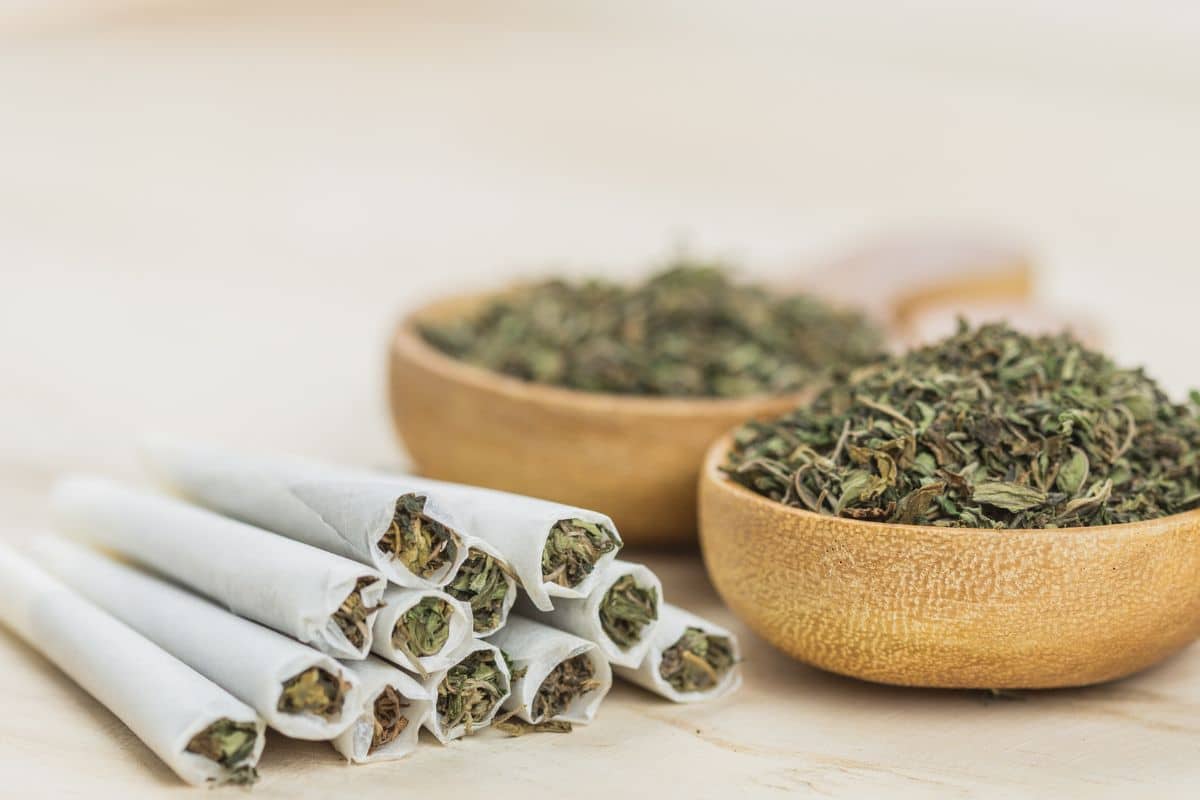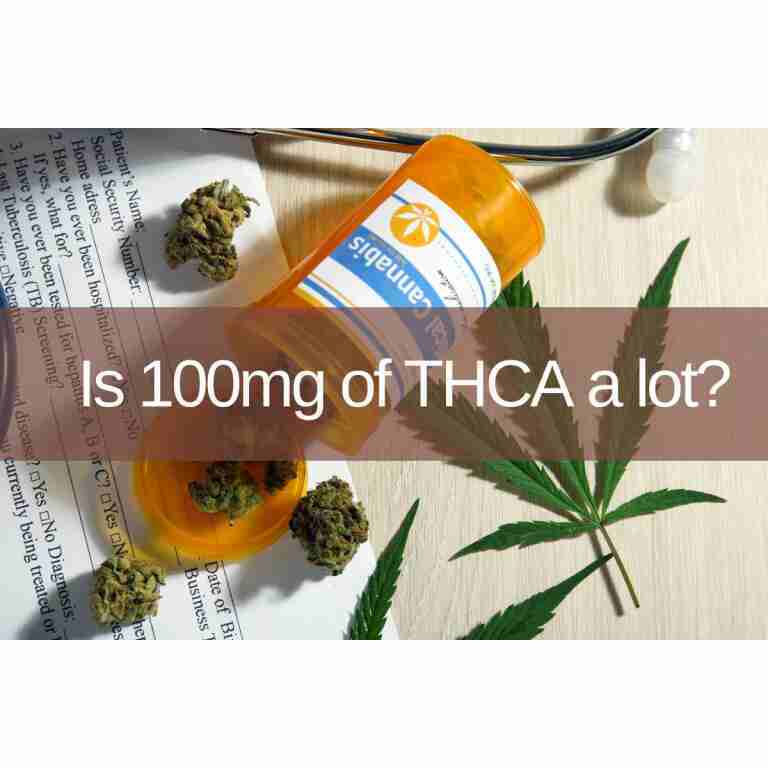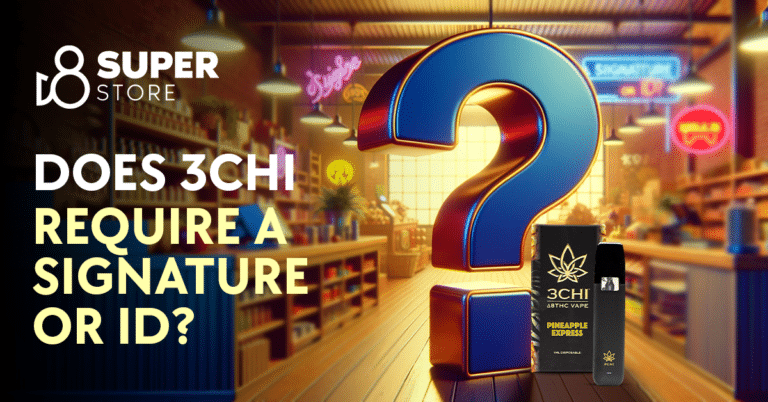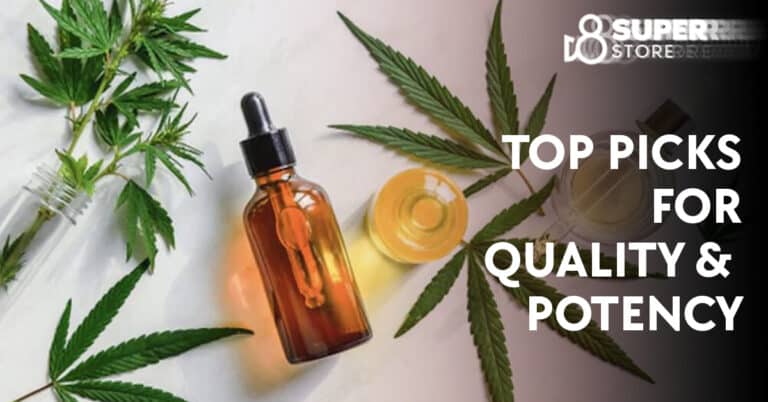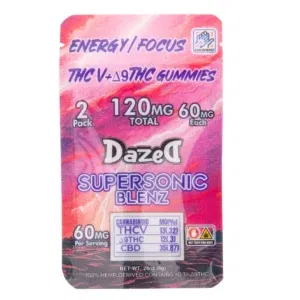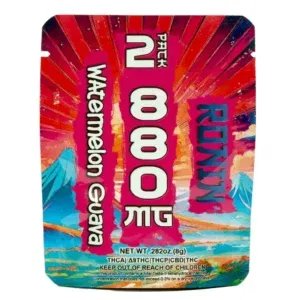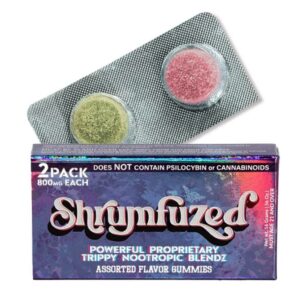How Many mg of THCa Are in a Joint: Analyzing Cannabis Content
When you light up, that magical thing, THC, takes off and soars you to the skies. But hold up, THC isn’t just appearing out of thin air. Initially, THCa is just chilling, invisible to your brain’s rave. Ever scratch your head wondering why some smokes blast you off while others barely lift off? It boils down to THCa’s ninja moves, hiding in plain sight, its amount swinging wildly based on the bud’s breed and its pre-smoke journey. Unpacking the transformation of THCa into THC, the show-stopper that shoots you to the stars, matters heaps. It’s a game changer for the potency of your smoke. Jump into this adventure, and you’ll uncover tips for reaching the **peak high.** Stay tuned, as you surely don’t want to breeze past nabbing this sneak peek that could elevate your next relaxation rendezvous to stellar heights.
As THCa turns to THC when burned, it’s important to know how much THCa is initially present to estimate the final THC content you’ll ingest. Generally, a cannabis joint can contain anywhere from 30 to 150 milligrams of THCa. The actual number depends on the size of the joint and the concentration of THCa in the specific cannabis strain used. Each strain has a different THCa ratio; therefore, the cannabis source plays a significant role in determining the potential strength and effect of your joint.
While direct THCa content isn’t usually listed on cannabis product labels, you can get an idea of the THCa levels by looking at the total cannabinoids percentage. Doing a bit of math can help you calculate an estimate of the THCa content, although the most accurate results would come from laboratory testing. Remember, lab results for the THCa in cannabis flower will give you the best insight into how potent your joint might be before the process of decarboxylation, which is when THCa is converted to THC upon smoking.
Understanding Cannabinoids
In this section, you’ll gain a deeper understanding of THCa, how it relates to THC, and its role among other cannabinoids within the cannabis plant.
What Is THCa?
Tetrahydrocannabinolic acid (THCa) is a non-psychoactive cannabinoid found in raw and live cannabis. As the precursor to tetrahydrocannabinol (THC), THCa is present in the plant’s trichomes and converts to THC through a process known as decarboxylation, which occurs naturally during drying or when exposed to heat.
THC vs. Other Cannabinoids
THC is the primary psychoactive component that provides the “high” associated with cannabis. While THC activates the endocannabinoid system, producing various effects, cannabidiol (CBD) is another well-known cannabinoid that can influence the body without the intoxicating effects of THC. Additionally, cannabis contains a variety of other cannabinoids and terpenes that contribute to its overall effects and therapeutic potential. Each cannabinoid interacts with the endocannabinoid system in unique ways, offering a wide range of possible benefits.
Preparation of Cannabis for Smoking
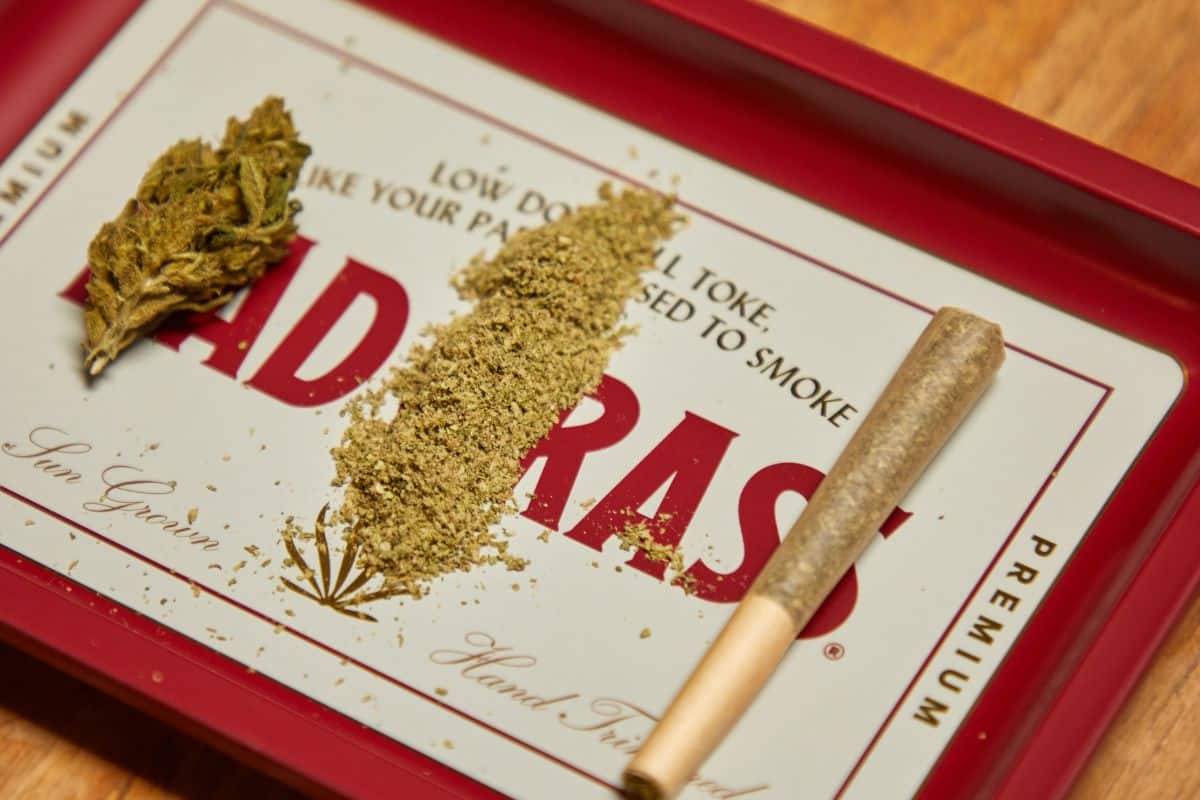
Before lighting up, you need to ensure that the cannabis flower is properly prepared for smoking. This process involves decarboxylation, which activates THC, and precise grinding to ensure an even burn in your joint.
Decarboxylation Process
Decarboxylation is a chemical reaction that removes a carboxyl group from THCa to convert it into psychoactive THC. Typically, this occurs when you apply heat during the combustion of a joint. However, when preparing cannabis, decarboxylation is accounted for; if you’re preparing edibles or other non-combustible cannabis products, you’d need to heat the cannabis flower separately in an oven beforehand to trigger this transformation.
Grinding and Rolling
Grinding the flower is crucial for a consistent burn. Use a grinder to break down the cannabis into smaller pieces, creating a fluffy texture that’s not too fine or too coarse. This allows for an even airflow and a smoother smoking experience. After grinding, distribute the flower evenly along the paper, and roll your joint firmly but not too tight, as this affects combustion and the overall experience.
By following these steps, you’ll ensure your joint contains an even distribution of activated cannabinoids, including THCa, which is present before heat-induced decarboxylation. Heating the cannabis flower within the joint then transforms THCa into THC, guaranteeing the desired potency and effects upon smoking.
Dosage and Potency
When considering the use of cannabis joints, it’s important to understand the dosage of THC present and the factors that influence potency. This ensures you can make informed decisions regarding consumption.
THC Content in Joints
The THC content in a joint can vary significantly, typically ranging from 22.5 to 47.5 mg, with a median of around 33 mg. However, the actual dosage can be influenced by the strain of cannabis used and how the joint is prepared. Generally, joints with a higher THC concentration deliver stronger effects. Some products come with a label clearly stating their THC content, which can be a reliable indicator of potency, but this is not always standard practice.
Factors Influencing Potency
Several factors can affect the potency of a joint. The strain of marijuana is the most significant, as different strains have varying levels of THC. Additionally, the size of the joint comes into play—larger joints can contain more cannabis and therefore more THC. The method of storage and age of the cannabis can also impact potency, as older cannabis may have a decrease in THC concentration over time. It’s crucial to consider these factors, especially when using cannabis for medicinal purposes, to maintain a consistent dosage for the desired effect.
Consumption Methods and Bioavailability
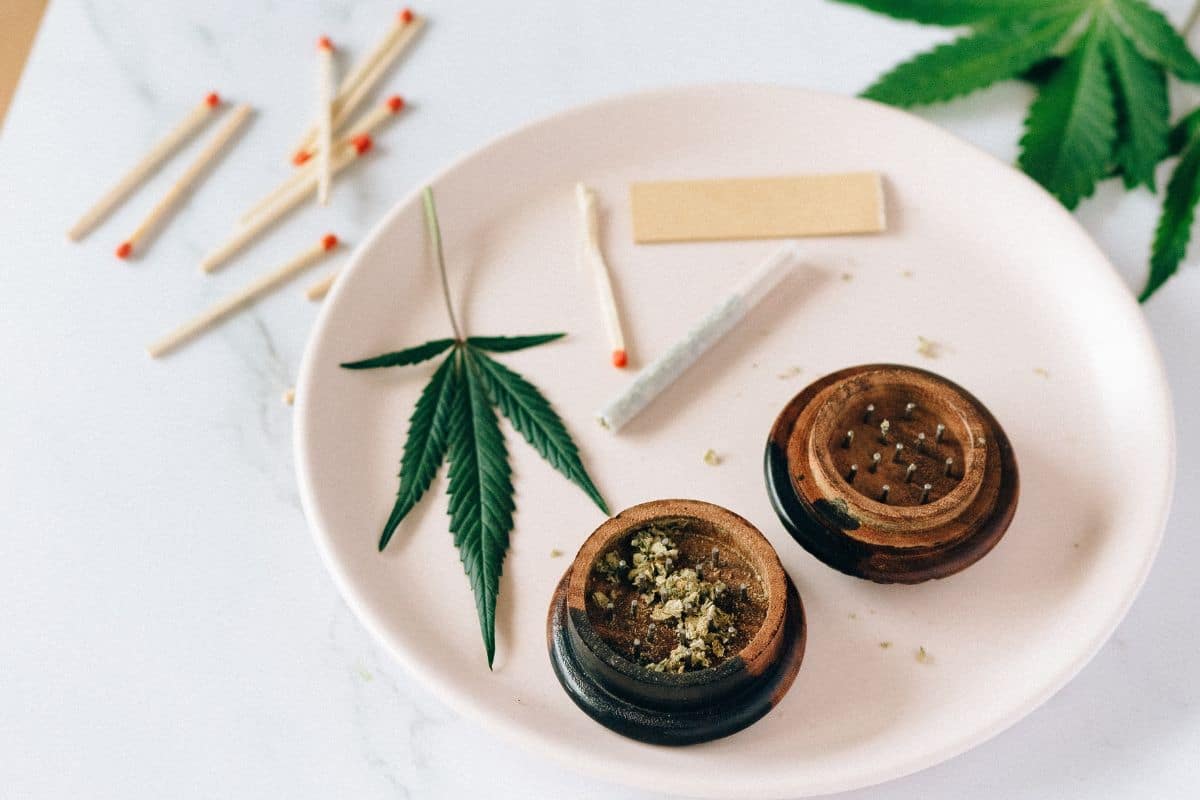
When you choose a method to consume cannabis, the amount of THCa that converts to THC, and how much your body can absorb, varies significantly. Understanding the differences in consumption methods and their bioavailability is crucial for anticipating the effects they may produce.
Smoking vs. Other Methods
Smoking cannabis is a common consumption method where the heat converts THCa into psychoactive THC. An average joint contains about 0.42 mg of CBD, and while the specific amount of THCa can vary widely, it’s important to note that not all of it will convert to THC upon smoking. Alternative methods such as vaping or using a vaporizer heat the cannabis at lower temperatures, preserving more cannabinoids and potentially offering a different bioavailability profile.
- Edibles: When you consume edibles, absorption occurs through your digestive system, leading to delayed onset of effects.
- Tinctures: They are absorbed sublingually, leading to quicker effects than edibles but different bioavailability than smoking or vaping.
Smoked THCa conversion tends to be immediate, with effects felt rapidly as you inhale. In contrast, edibles must pass through the liver where THC is metabolized before entering the bloodstream, altering its potency and duration.
Bioavailability of THC
The term bioavailability refers to the proportion of THC that enters your circulation and can have an active effect. Smoking typically provides higher bioavailability compared to other methods such as edibles, where it’s seen as erratic, due to factors like individual metabolism and the form of cannabis consumed.
- Inhaling Cannabis: When you smoke or use a vaporizer, you are inhaling THC directly into your lungs where it quickly passes into your bloodstream.
- Vaporization: This method may result in more efficient absorption compared to traditional smoking.
By understanding the different consumption methods and their impact on bioavailability, you can better anticipate the onset and duration of the THC’s effects. Whether you are inhaling cannabis through smoke or vapor or ingesting it through edibles or tinctures, each method will affect the experience and outcome.
Effects of Cannabis
Cannabis consumption leads to a variety of effects, which can be broadly categorized into physical and psychoactive outcomes. These effects are influenced by the THC and THCa content, as well as your individual tolerance and consumption patterns.
Physical and Psychoactive Effects
When you smoke cannabis, THC (tetrahydrocannabinol) is rapidly absorbed into your bloodstream, producing a range of physical and psychoactive effects. You may experience a sense of euphoria and relaxation, which is often described as feeling “high”. This sensation is accompanied by changes in perception, such as altered visual and auditory senses, and a heightened sense of taste and smell.
On the physical level, you might notice an increase in heart rate, redness of eyes, and dryness of mouth. While there can be therapeutic benefits, such as pain relief and reduction in inflammation, there are adverse effects to consider. These may include anxiety, coordination impairment, and short-term memory difficulties.
Individual Tolerance and Consumption
Your individual tolerance to THC is a crucial factor in determining the intensity of cannabis’ effects. This tolerance is shaped by several variables, including your age, weight, frequency of use, and your body’s metabolism. New users typically have a lower tolerance, so the effects of THC may feel more pronounced.
When considering THCa, it’s important to remember that THCa is a non-psychoactive precursor to THC. THCa converts to THC when cannabis is heated, such as when you smoke a joint. An understanding of your own tolerance will help guide your consumption to avoid unwanted impairment and maximize potential therapeutic benefits.
Assessing Consumption and Safety
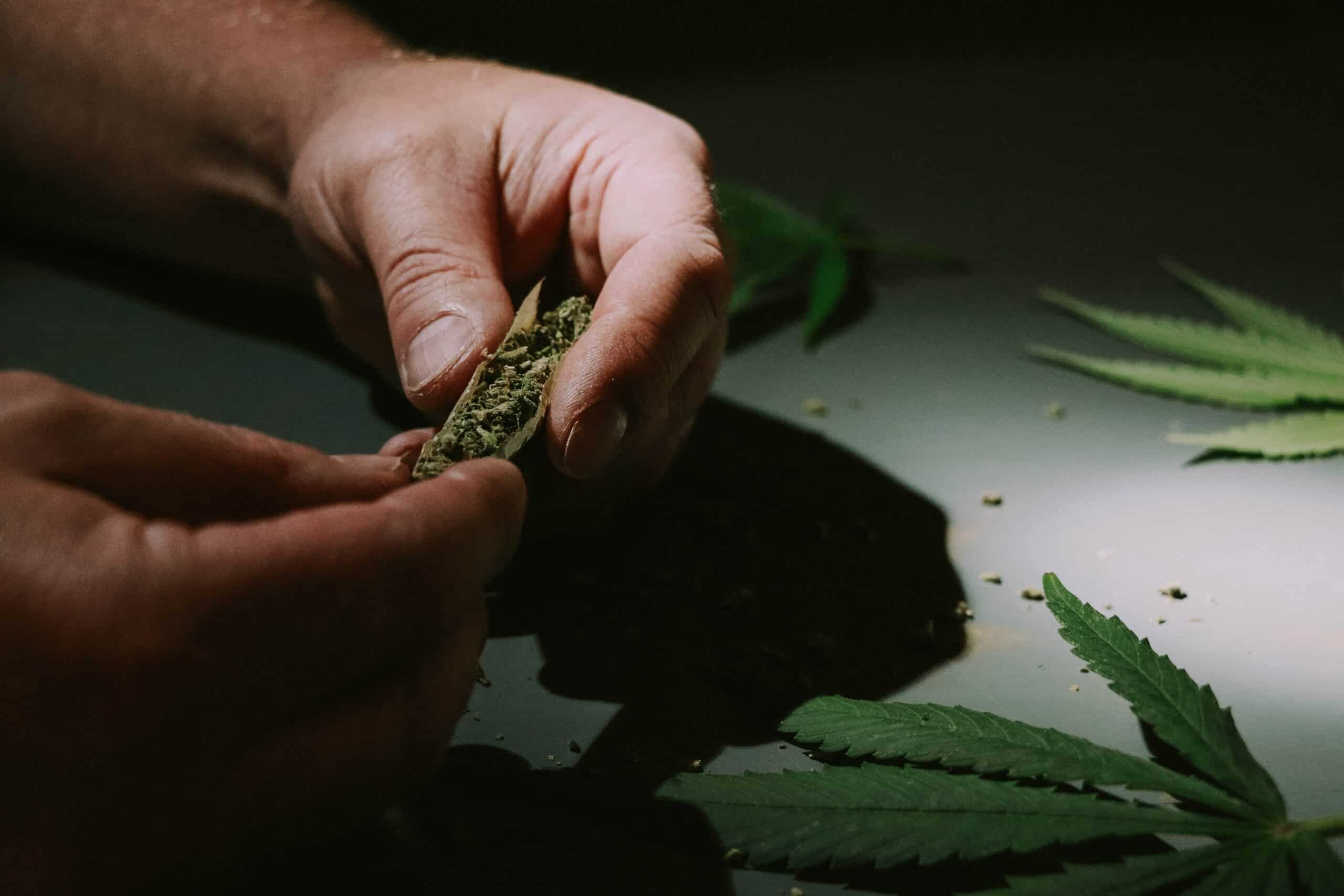
Understanding the proper dosage and safety precautions related to THC consumption is crucial, especially when it comes to inhaling compounds such as THCa through smoking methods like joints.
Measuring THC Intake
When you’re looking at milligrams of THC in a joint, it’s essential to know that the herb contains THC in its acidic form, THCa, which converts to THC when heated. Studies suggest that a single joint can contain approximately 0.36 mg of THC and 1.6 mg of THCa-A, but these figures can vary based on the strain and quality of cannabis. Estimating exact milligrams can be challenging as different smoking methods affect the conversion rate from THCa to THC.
- Dosage Chart Example:
- Strain A:
- THCa Content: 18%
- Average Joint Size: 0.5 grams
- Total THCa per Joint: 90 mg
- Estimated THC after Decarboxylation (70% conversion): 63 mg
- Strain A:
Remember, the label on cannabis products will often show THCa content, and you will need to consider the conversion to THC, which is the psychoactive component responsible for the “high.”
Safe Consumption Practices
For both new to cannabis consumers and experienced cannabis users, understanding and practicing safe consumption is vital. If you’re using cannabis as medication, treating the herb with the same caution as other prescription drugs is crucial. Starting with a low dosage is wise, as you can gradually increase it until you find a suitable level for your needs.
- Responsibility Tips:
- For New Users: Start with a small puff and wait to gauge effects.
- For Experienced Users: Be mindful of tolerance levels and avoid overconsumption.
- Medication Interaction: Consult with a healthcare provider if you’re on other medications.
Labeling and product packaging play a significant role in guiding usage, offering details like the expected THC content once the THCa has been decarboxylated by heat. However, always approach consumption with caution, as edibles, which metabolize THC differently, can produce more intense effects even at lower milligram dosages than inhaled cannabis.
Remember, responsible use of cannabis is key to a safe and enjoyable experience. Keep education at the forefront and adhere to recommended guidelines for dosage and safety.
Cannabis in the Market
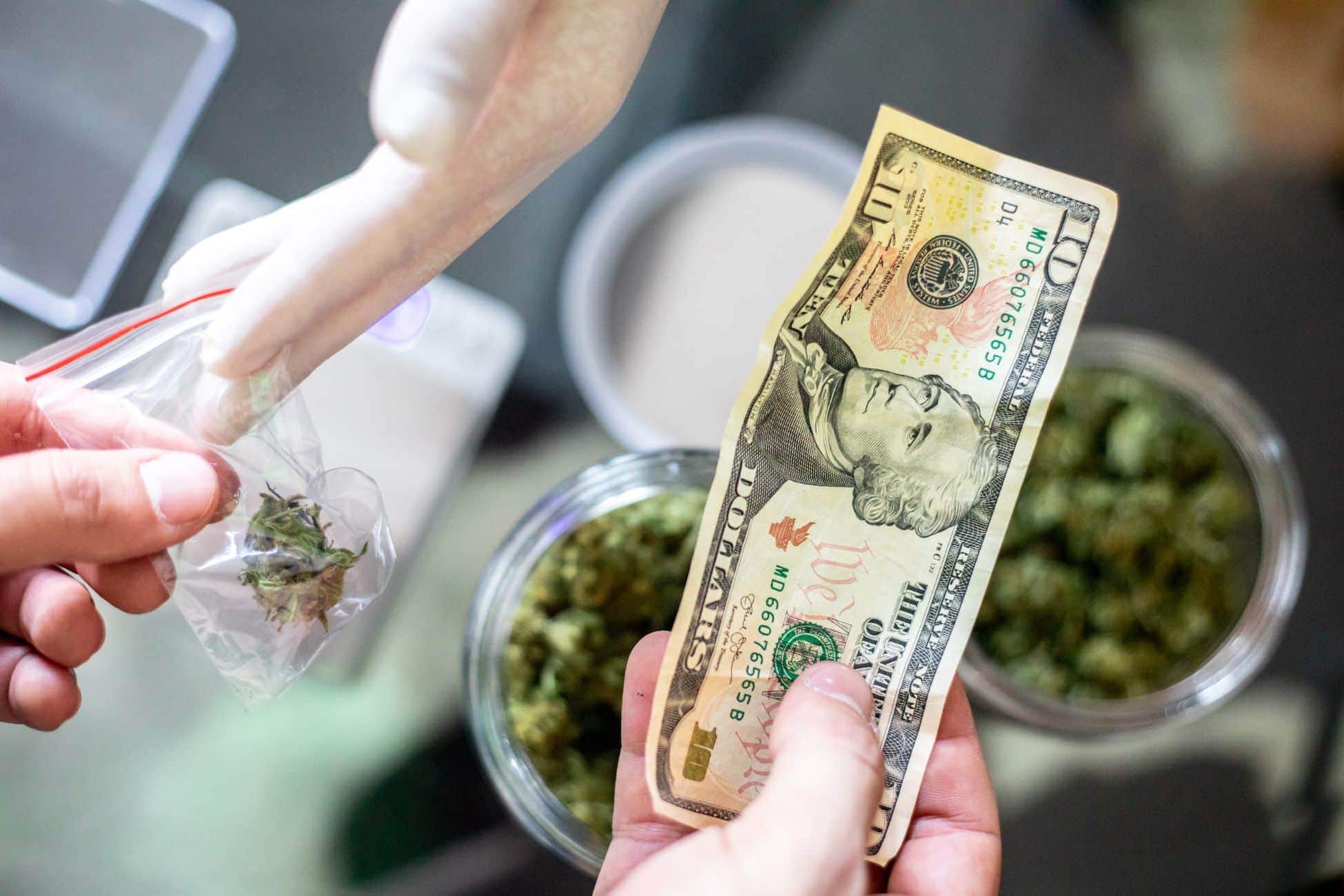
As you explore cannabis products, it’s essential to understand both the labeling that communicates THC levels and the legal considerations impacting the market.
Cannabis Products and Labels
THC and THCa Content: Cannabis products in the market, such as pre-rolled joints, vary in their tetrahydrocannabinolic acid (THCa) and tetrahydrocannabinol (THC) content. The label on these products may present “Total THC” or a separate THCa content. This labeling is crucial because it determines both the product’s potency and its compliance with regulations. Products might also display the number of THC servings, which is particularly relevant when assessing the amount of THCa in a joint. For more specific information about labeling and dosing, you can refer to the study on communicating THC levels.
Legal and Quality Considerations
Compliance with Laws: The cannabis market is highly regulated, and legal thresholds dictate the maximum allowable THC content. For example, in some jurisdictions, cannabis is considered a drug of abuse if the total concentration of THC and THCa exceeds a certain level. Knowing about the cannabinoid concentrations in the bloodstream after consumption can also inform your understanding of legal limits.
Quality and Reporting: Experts in the cannabis industry must adhere to strict guidelines when reporting cannabinoid potency. This ensures a standard of quality and safety for consumers. Mislabeling or inflated THC potency can have significant consequences, not just legally but also in terms of consumer trust and product experience. Hence, accurate testing and reporting are imperative in the industry, underscored by studies such as the one on testing THC potency in retail cannabis labels.
Frequently Asked Questions
Understanding the amount of THC in a joint is more complex than simply looking at raw numbers. It involves a variety of factors including the strain’s potency, the weight of the cannabis, and how it’s consumed.
What factors determine the amount of THC in a cannabis joint?
The THC content in a joint is influenced by the cannabis strain used, its cultivation methods, storage conditions, and the amount of plant material included in the joint. Different strains have varying levels of THC, impacting the potency.
How can one calculate the potency of THC present in a single joint?
To calculate THC potency in a joint, you need to know the weight of the cannabis used and its THC percentage. Multiplying these can estimate the total THC content, although actual retention and absorption rates differ when smoking.
What constitutes a high THC content in a cannabis joint?
A cannabis joint is considered high in THC if the content noticeably exceeds the average for most strains. Typically, joints containing strains with more than 20% THC are seen as high-THC products.
How does the THC concentration in a Delta-8 joint compare to a regular joint?
Delta-8 joints tend to have a lower THC concentration when compared to regular joints made from high-THC strains. Delta-8 THC is a less potent cannabinoid than Delta-9 THC, which is usually what is referenced when talking about THC content.
What are the typical measures of THC used for comparing joint potency to edibles, such as gummies?
When comparing joint potency to edibles, THC content is usually measured in milligrams. Edibles can have a precise amount of THC per serving, unlike joints, where THC can vary widely depending on the amount and strain of cannabis used.
What steps are involved in estimating THC dosage when smoking a joint?
Estimating THC dosage in a joint involves calculating the total THC based on strain potency, the weight of cannabis, and considering factors such as combustion efficiency and inhalation method. These factors help gauge how much THC you might inhale while smoking.

